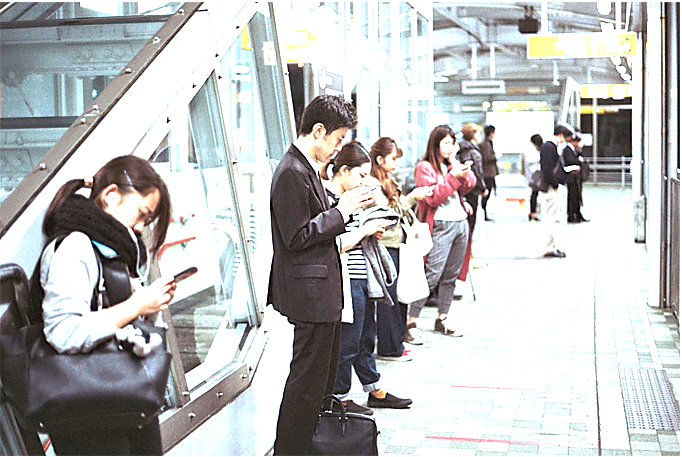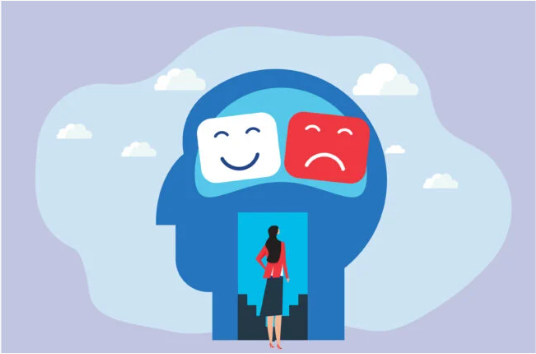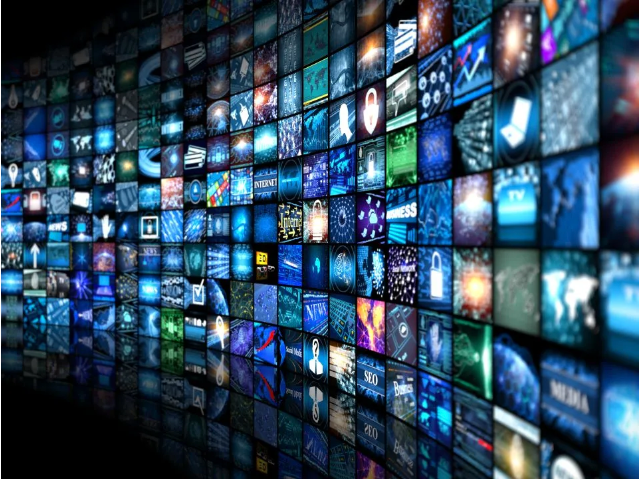In today’s age of information, most people use social media, with one report showing that as of this year, 60% of the world’s population uses social media for an average of 2 hours and 24 minutes a day (2023). Therefore understanding how media shapes public consciousness has become a crucial issue. This issue is explored in depth in by Noam Chomsky and Edward Herman in their work, Manufacturing Consent. The book explains how in today’s society the media is used as a tool to convey information and manipulate public opinion, and exposes how behind it the media decides which messages will be accepted by the public and which will be ignored by the public through a series of complex and cumbersome messages.
●Theory of Propaganda Modeling

In 《Manufacturing Consent》, it is written that the propaganda model focuses on the effects of wealth and power inequality on mass media choices and demonstrates how money and power can be used to filter out news suitable for publication, marginalize dissent, and allow the government and dominant private interests to get their message across to the public, while at the same time pointing out that the media, as a commercial entity, prioritizes the sale of its product (readers and subscribers) to advertisers over fulfilling its role of delivering the news to the public, which leads to the filtering and distortion of the news by a variety of factors that Herman and Chomsky refer to as “filters” before it is communicated to the public.
Filters fall into the following categories: media ownership structure, funding sources, news sources, slamming and anti-ideology. Together, these filters act on the news production process, determining which stories are worth reporting and which are ignored. Not only that, the book emphasizes that because the media is usually in the hands of a few large corporations, its coverage tends to reflect the interests and views of these groups.
● Applications in modern society

Today, with the rapid development of the Internet and social media, the dissemination of information has undergone a fundamental transformation. Modern people access and share information through a multitude of online platforms and social networks, which offer more colorful options than traditional television, radio and print media. However, despite the seemingly more open and diverse nature of this new era of media, the mechanisms of media control behind it remain unbreakable.
● Selectivity and bias of informationSelectivity and bias of information

While the Internet provides a broad platform for accessing information, the algorithm-driven content filtering and personalized push behind it actually enhances the selectivity and bias of information. Social media outlets such as Facebook and TikTok use big data algorithms to determine what content to show users, often based on their past behavior and preferences. Such filtering mechanisms contribute to the phenomenon of “information bubbles”,whereby users are increasingly confined to an information environment that aligns with their existing views, limiting the possibility of exposure to a diversity of views and information(2022).
An example of an “information bubble” was during Covid-19 in 2019, when fake news about viruses created by the Chinese government circulated on the internet, and many users were surrounded by false or misleading content designed to fit their preconceived notions, which was further reinforced by social media platforms’ algorithms. ‘s algorithms to further enhance it. This can influence their own perceptions and lead to misinterpretations.
● Summary
Overall, the theory of Manufacturing Consent remains valuable in understanding the contemporary media environment today. It reveals that even in democratic societies, the media can be a tool for manipulating public opinion. In today’s information-rich age, the rise of the Internet and social media has brought unprecedented convenience and speed to the dissemination of information, but it has also brought new challenges. This theory emphasizes the importance of critical thinking, especially in ensuring diversity of information and avoiding bias. It reminds us, as recipients of information, to continually question and analyze the media content we consume.
Reference
https://www.quintly.com/blog/5-ways-how-to-use-big-data-in-social-media Sturdy,C . (2022) 5 Ways How to Use Big Data in Social Media
https://www.smartinsights.com/social-media-marketing/social-media-strategy/new-global-social-media-research/ Chaffey,D(2023). Global social media statistics research summary
https://fbe.unimelb.edu.au/newsroom/fake-news-in-the-age-of-covid-19 Nyilasy,G Fake News in the Age of COVID-19


I quite agree with your point, although we enjoy the convenience brought by the media, at the same time, the media also manipulates the information and becomes the tool of public opinion. Whether what the media is spreading to the public is true? Or whether it is filtered information that the capitalists want to spread to the public? We need to avoid being one-sided, we are to be exposed to diverse information, to think and judge it critically. Thank you for your sharing, which makes me think more deeply about this topic. Excellent work!
Hi Gengchen, after reading this article of yours, I was struck by the enduring significance of Chomsky and Herman’s ‘Manufacturing Consent’ in the digital age. The article resonated with my understanding that despite its apparent diversity, modern media is still largely influenced by powerful interest groups and algorithms, leading to the formation of ‘information bubbles’. This realisation is crucial to my understanding of the nuances of today’s media landscape, which is rich in information but often subtly biased. It reminded me of the importance of critical thinking and seeking out different perspectives, challenging me to question and analyse the media content I consume in greater depth.
This article delves into the shaping of public consciousness by the media in modern society, citing Chomsky and Herman’s theory of manufacturing consent to emphasise the manipulative power of the media. It points out that in the age of the Internet, although information dissemination is more diverse, the control mechanisms behind the media still exist. Content screening and bias reinforce the selectivity of information, reminding us to maintain critical thinking in the information age, ensure exposure to multifaceted information, and avoid blindly falling into information blindness.